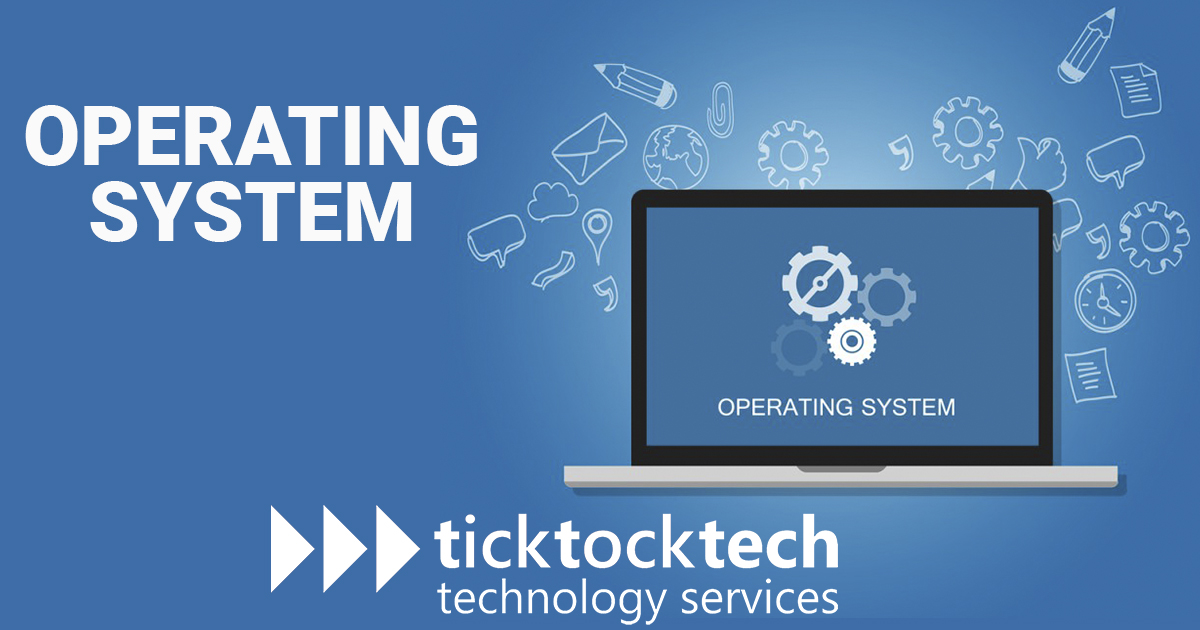When you input commands on your PC (through keyboard or mouse), information is processed, and the output is sent out through your screen. You might choose to store the information on your computer or transfer it to other devices. The Operating System handles all the tasks mentioned above. In this article, we will walk you through the Operating System (OS) which will include the Definition/What is an Operating System, its History, Functions, and Examples of Operating Systems.
What is an Operating System (OS)?
Operating System (OS) is a software that acts as an intermediary between the computer hardware and the computer software. Operating System (OS) manages all programming operations in a computer such as Memory, Input, Processing, and Output tasks. The Operating System makes it easy for anybody to use any computing device without any programming knowledge. It is also responsible for converting high-level language to machine language, which your computer device can easily understand.
History of the Operating System (OS)
Operating Systems have gone through several developments over time. Operating Systems started officially in the mid-1960s when IBM was the main computer hardware vendor and developed the OS 360.
In the late-1960s, UNIX OS was on the rise because it was easy to access and was totally free. The 1980s birthed the production of mini computers like the Commodore 64, Apple II, and ZX Spectrum.
In the early-1980s, Xerox introduced Star Information System. The Star information system was the first set of computers with a Graphical User Interface (GUI). This birthed some basic properties and functions that are still used today. During this period, Microsoft was dominating the market before Apple introduced Lisa. Apple’s Lisa was the first official computer with a Graphical User Interface (GUI) that was commercially available. In the mid-1990s Apple introduced System 1.0 for the original Macintosh before Microsoft introduced Windows.
In the modern world, we have Operating Systems like Windows, Linux, iOS, Mac OS, Android, and Chrome OS.
Functions of an Operating System (OS)
- File Management: The Operating System manages all file-related tasks like creating, storing, retrieving, sharing, and deleting files.
- Device Management: The Operating System keeps track of all programs and devices connected to your computing device either input or output.
- Memory Management: An Operating System is responsible for loading programs in and out the memory of any computing device. It also allocates memory for programs and keeps track of memory usage.
- Network Communication: Computers today are connected to the internet or other forms of network. The OS makes it possible for easy communication of network devices and services to your computing device.
- Security: The Operating System provides a protection system for the user’s data on any computing device. It also handles every system’s authentication and protects the computer from program and system threats.
Examples of Operating Systems (OS)
Operating Systems differ based on the environment (desktop or mobile mode) they are built for. Examples of Operating Systems for desktops include Microsoft Windows, Apple’s macOS, Linux, and the Chrome OS. Also for the mobile versions, we have Operating Systems like Android, Apple iOS, Google pixel, Windows Mobile, and Symbian OS.

